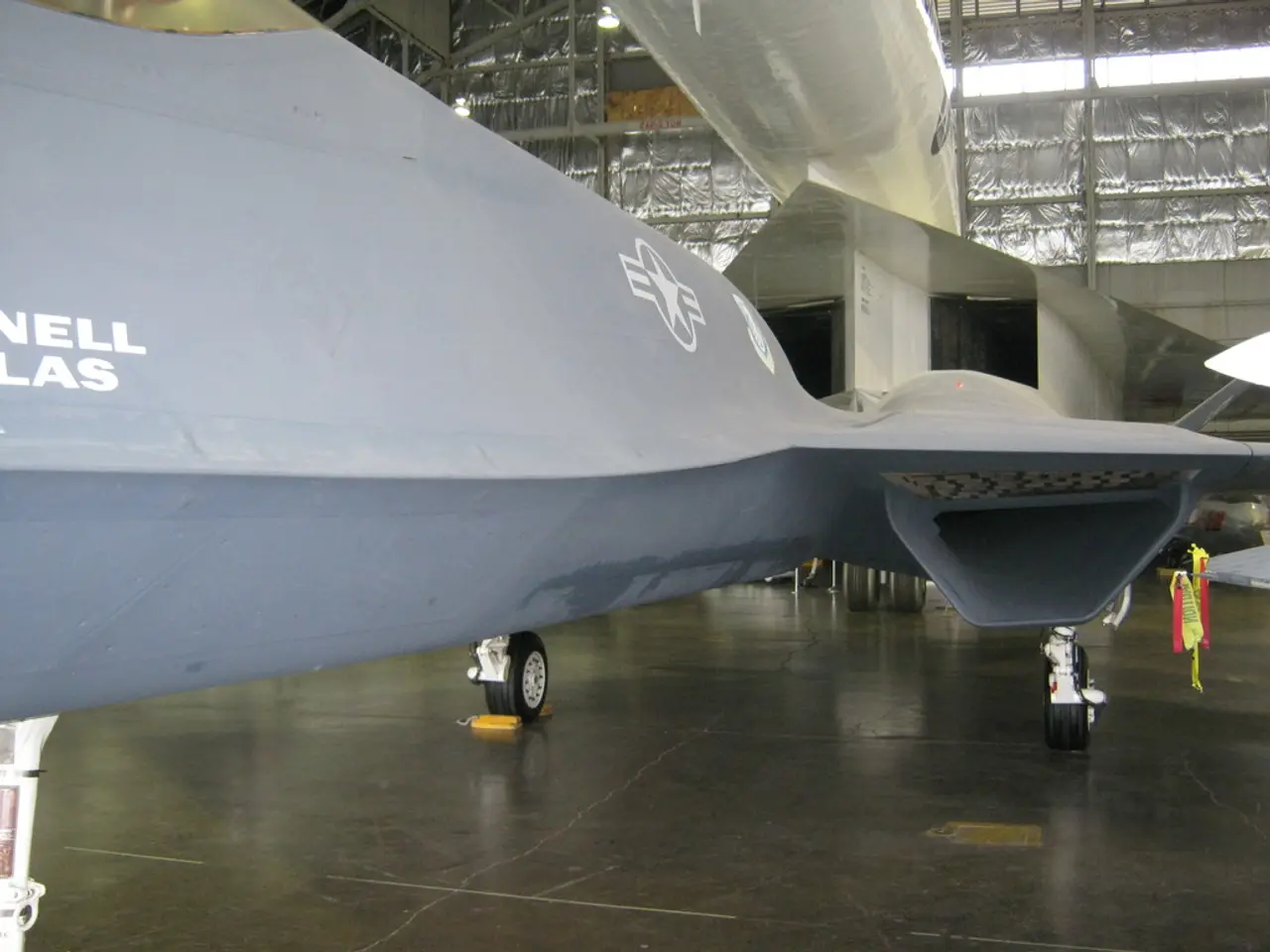Control System Advancement #1: Fly-by-Wire (FBW) Technology
In the realm of aviation, the introduction of fly-by-wire (FBW) technology in the 1980s has brought about a significant transformation, enhancing safety and efficiency in flight operations. This digital revolution replaced traditional mechanical flight controls with electronic systems, marking a turning point in the industry's safety records.
The first Airbus aircraft to benefit from FBW technology was the A320, introduced in 1988. Since then, FBW has been a standard feature on all Airbus aircraft, including the A220, as well as on other prominent aircraft such as the Boeing 777, 787, and Embraer E-jets.
Over the past three decades, FBW technology has demonstrated its reliability and effectiveness, with a fleet of more than 14,500 aircraft in service having completed over 200 million accumulated flights as of the end of 2021. This extensive in-service experience provides a strong statistical basis for the technology's safety and efficiency.
One of the key advantages of FBW is its integration of flight envelope protection functions. These autonomous systems prevent the aircraft from exceeding its operational limits, guarding against pilot errors or extreme conditions that could lead to accidents. This feature, unique to FBW, stabilizes the aircraft and enhances overall control without requiring direct pilot input in every action.
In terms of efficiency, FBW systems contribute to weight savings and complexity reductions by eliminating heavy mechanical linkages and cables. This leads to fuel savings and lower emissions, making FBW a more sustainable choice for modern aviation. Digital communication between cockpit controls and actuators improves precision and reliability, while innovations such as health monitoring systems reduce maintenance costs by enabling better diagnostics and early fault detection.
Furthermore, advancements like the Hydraulic Power Package (HPP) contribute to energy savings, improving the system's overall fuel efficiency and sustainability.
The aviation industry has witnessed significant improvements in safety since the 1950s, with FBW technology playing a pivotal role in these advancements. By offering advantages such as weight saving, improved precision, and autonomous safety features, FBW has contributed to improving safety, reliability, and aircraft maneuverability.
In conclusion, fly-by-wire technology has enabled smarter flight operations that are not only safer but also more fuel-efficient and environmentally friendly. As aviation continues to strive for high reliability and sustainability, FBW technology will undoubtedly remain a cornerstone of these efforts.
Finance plays a crucial role in the development and implementation of fly-by-wire technology within the aerospace industry, as significant investments are required for research, design, and production.
Moreover, technology's integration into finance sectors such as trading, forecasting, and risk management can optimize airline operations, ensuring efficient financial decision-making for a sustainable future in aviation.








